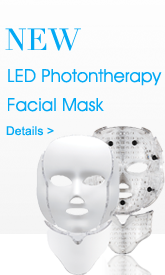Medical Laser Types
Since the invention and commercial availability of lasers, such systems have been widely used for medical applications in the treatment of soft and hard bio-logical tissue, from the Ultraviolet (UV) Excimer laser, ArF at 193 nm, in ophthalmology up to the CO2 laser in the IR-region at 10,640 nm for surgical interventions. The whole spectrum of lasers is shown in picture.

Solid-State Lasers
1Nd:YAG Laser
The most important solid-state laser is the Nd:YAG laser, with neodymium as laser ion (Nd3+) doped with 1–1.5% into an yttrium-aluminium-garnet crystal (Y3Al5O12). Its fundamental wavelength is 1064.2 nm. Frequency doubling with a KTP crystal (potassium titanium oxide phosphate, KTiOPO4) leads to 532 nm (green light). The third and fourth harmonics are 355 and 266 nm, respectively. The Nd:YAG laser is a four-level system
Other, weaker emission wave-lengths are 1,320 and 1058.2 nm (Nd:CaWO4).
The overall efficiency of a flashlamp-pumped Nd: YAG laser is less than 2%. Therefore, it must be cooled with water. Diode pumped systems(805nm laser diodes) reach efficiencies of about 15% at output power of about10-15W. Nd:YAG lasers are used as cw lasers up to 100W for surgical applications, e.g., long pulse lasers in dermatology or Q-switch lasers with-to 20ns pulse length in urology and dermatology(tattoo removal)















